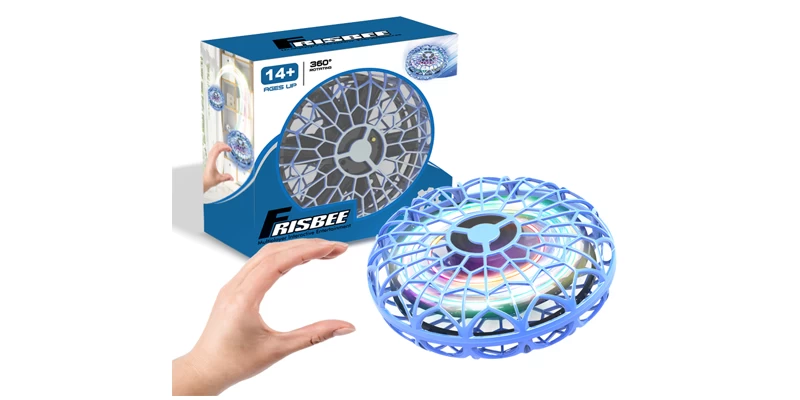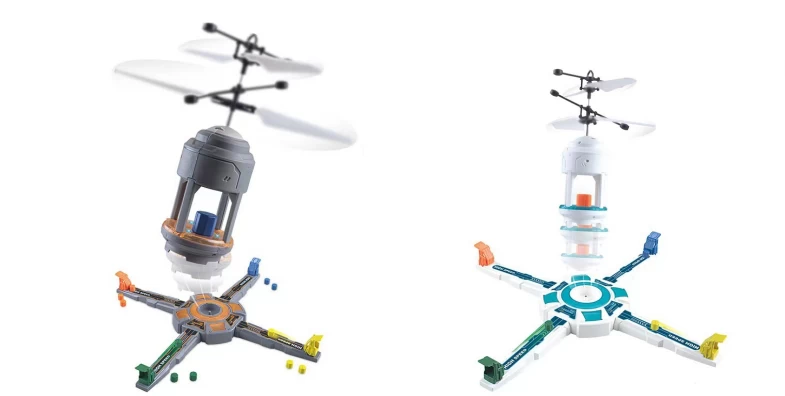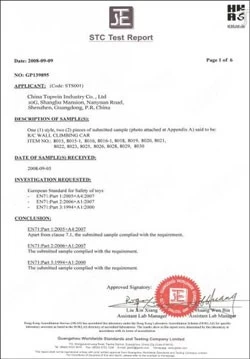A 3D printer wire alarm that can make a loud noise
chinatopwin
chinatopwin
2017-07-07 11:27:11
A 3D printer wire alarm that can make a loud noise
Recently, maker Donald Papp designed a new 3D printer wire detector called Mister Screamer,
Recently, maker Donald Papp designed a new 3D printer wire detector called Mister Screamer,
which alerts users when the printer runs out of wire. The device is hung directly above the
exposed wire, and when the wire is used up, it falls to the ground because there is no place to
hang. The drop triggered a very loud noise (80 decibels) from the tiny device, reminding the
maker of the timely replacement of the coil.
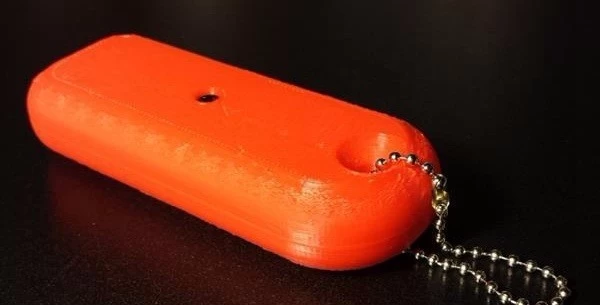
This very simple 3D printer accessory is designed for 3D printers that don't have "smart"
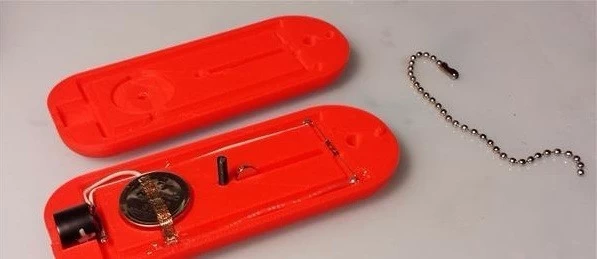
The basic principle of this switch is as follows: although there is an overlap between the
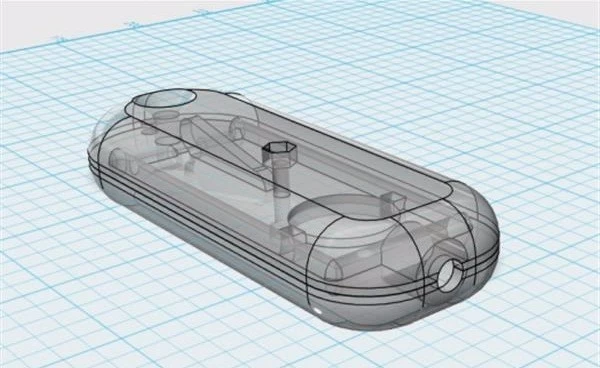
The Mister Screamer's 3D printing shell has a pore that captures a small disk magnet.

This very simple 3D printer accessory is designed for 3D printers that don't have "smart"
features (such as automatic print pauses) that can be used by most makers. "When you
have a wire, it hangs like a pendant or a keychain; once the wire is used up, it falls and
the alarm goes off until it is picked up," explains Papp.

The basic principle of this switch is as follows: although there is an overlap between the
two magnetic reeds, there is a gap between the middle intervals. The external magnetic
field will contact the two magnetic reeds and guide them through. Once the magnet is
away from the switch, the magnetic spring will be separated and returned to its original
position.

The Mister Screamer's 3D printing shell has a pore that captures a small disk magnet.
When it is on a flat surface, when it is falling, the switch will be triggered as the
magnet leaves close enough. When it is suspended vertically, the magnet is far away
from the switch and does not trigger the switch.
'Mister Screamer is cheap and easy to make and can work effectively,' says Papp. Of
'Mister Screamer is cheap and easy to make and can work effectively,' says Papp. Of
course, it doesn't apply to all 3D printers, because not every 3D printer has a exposed
wire part. In addition, there is no need for a printer with intelligent detection wire.



